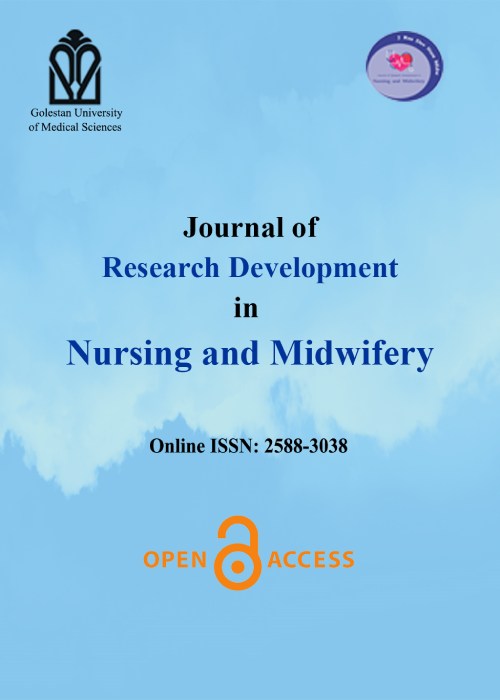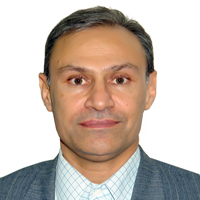Prevalence of Recirculation and Related Factors in Hemodialysis Patients in Golestan Province, Iran
Recirculation is a phenomenon in hemodialysis where purified blood re-enters the dialyzer and is cleaned again, which can negatively impact the adequacy and quality of hemodialysis. As quality hemodialysis is crucial for the treatment of hemodialysis patients, this study aimed to determine the prevalence of recirculation and its related factors in patients undergoing hemodialysis in medical centers in Golestan province, Iran in 2019.
A cross-sectional study was conducted in 2019 on patients with end-stage renal disease (ESRD) undergoing hemodialysis in medical centers in Golestan province, northeastern Iran. The study included 324 patients, selected using a stratified sampling method. Demographic and clinical data were recorded, and recirculation was measured by assessing urea levels based on the two-needle method, with a cut-off point of 10%. Patients were categorized into two groups based on recirculation percentage, with and without recirculation. Data were analyzed using SPSS (version 16) with descriptive statistics (mean, standard deviation, frequency) and inferential statistics (chi-square test and Fisher's exact test for low frequency cases, and t-test to compare quantitative variables) at a confidence level of 0.05.
The study found that the prevalence of recirculation in hemodialysis patients in Golestan province, Iran was 22.5%. There was a significant relationship between pump speed, arterial needle location (above the venous needle), venous-arterial needle distance from each other, and recirculation. The mean pump speed was 251.64 rpm, and the venous-arterial needle distance was 4.12 cm significantly lower in the recirculation group than in the no-recirculation group. There was also a significant relationship between recirculation and the way catheter lines were connected (arterial line connected to venous line) (P=0.0001).
Given the high prevalence of recirculation, and the ability to modify some of its related factors, nurses should take strategies and create suitable conditions for efficient hemodialysis for patients undergoing hemodialysis.
- حق عضویت دریافتی صرف حمایت از نشریات عضو و نگهداری، تکمیل و توسعه مگیران میشود.
- پرداخت حق اشتراک و دانلود مقالات اجازه بازنشر آن در سایر رسانههای چاپی و دیجیتال را به کاربر نمیدهد.



